Subscribe to the Newsletter
Your cart is empty
Shop now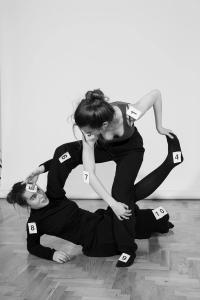
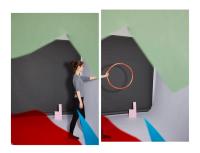
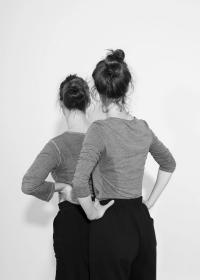
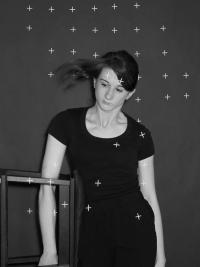
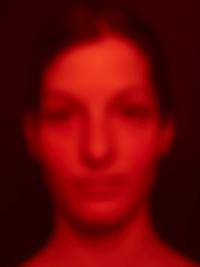
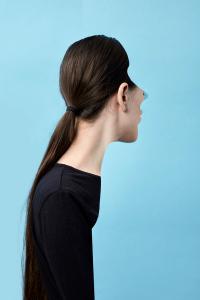
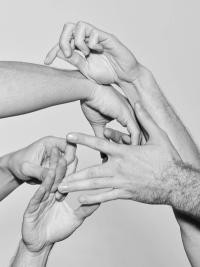
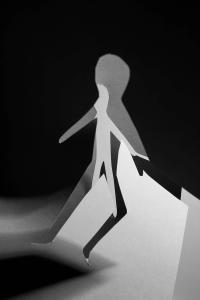
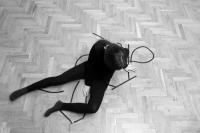

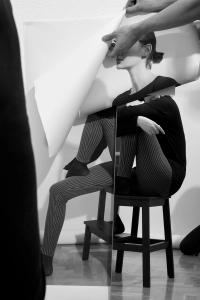
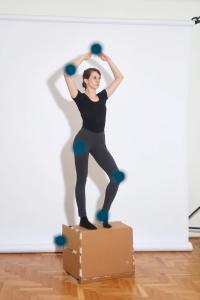
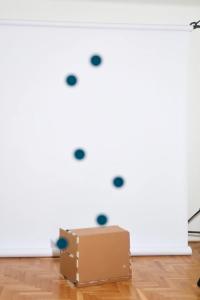
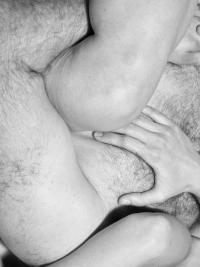
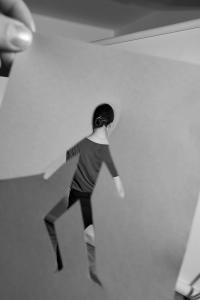
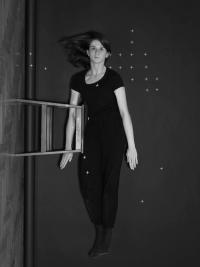
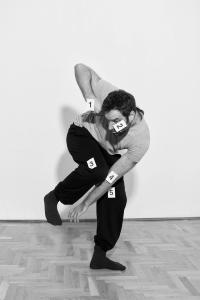
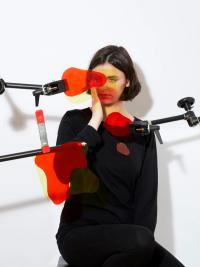
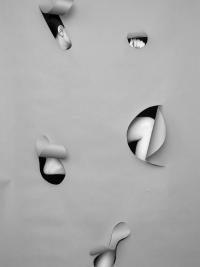
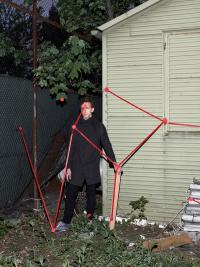
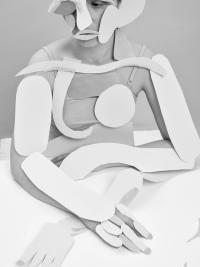
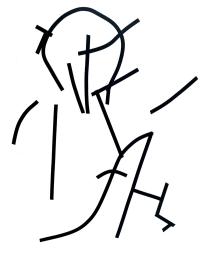






















KOMPLEMENT
“As an age of all-pervasive image making, we still do not know exactly what pictures are, what their relation to language is, how they operate on observers and on the world, how their history is to be understood, and what is to be done with or about them.” - W. J. T. Mitchell: Picture Theory
We try to find the milestones of truth in the set of countless images, but we use the senses of past times. The homogeneity of everyday life is permeated by the chaotic networks of information, in which both real and false information circulate. I’m trying to figure out the semiology of the directed viewpoint mediated by photography and its interpretation mechanics. The meaning of photographs should be defined not by being absorbed in their subject, but through their function.
Despite the illusion of objectivity, the representation of photographs is required to be deciphered. The technique of deciphering can be learned and acquired. I have created visuals with manual tools that deceive the viewer of the need for decryption, and which, using the strategy of the directed viewpoint, are about the phenomenon itself.
I use the human body as the primary reference source for decoding images because it is our primary source of cognition about reality and ourselves. The body is a schematic system that everyone has, so its vision can refer to itself.
Various other medial tools appear in my work which expand my research. Such are the “tape figure” or the masking and transparency of laser-cut plywood. The subject of my interest is how far a form, in this case, the shape of the human body, can be reduced in terms of the influence of its decoding. I create textures that refer to the shape of the body using various techniques.
During this project, I worked with manual tools, only capturing the view created in front of the lens. It was important for me not to edit the images, but to manipulate the view during the creation.
My images are ephemeral constructions, and settings, which I created mostly in studio conditions. My goal is to induce the viewer to decode the images, to encourage slower reading and playful understanding. I use my compositions to play with the viewer, evoking the training of the human eye.
Krystyna Bilak is part of Issue 17 by Guest Editor Torbjørn Rødland.
Check out her Artist Feature Let Your Eyes Dance.